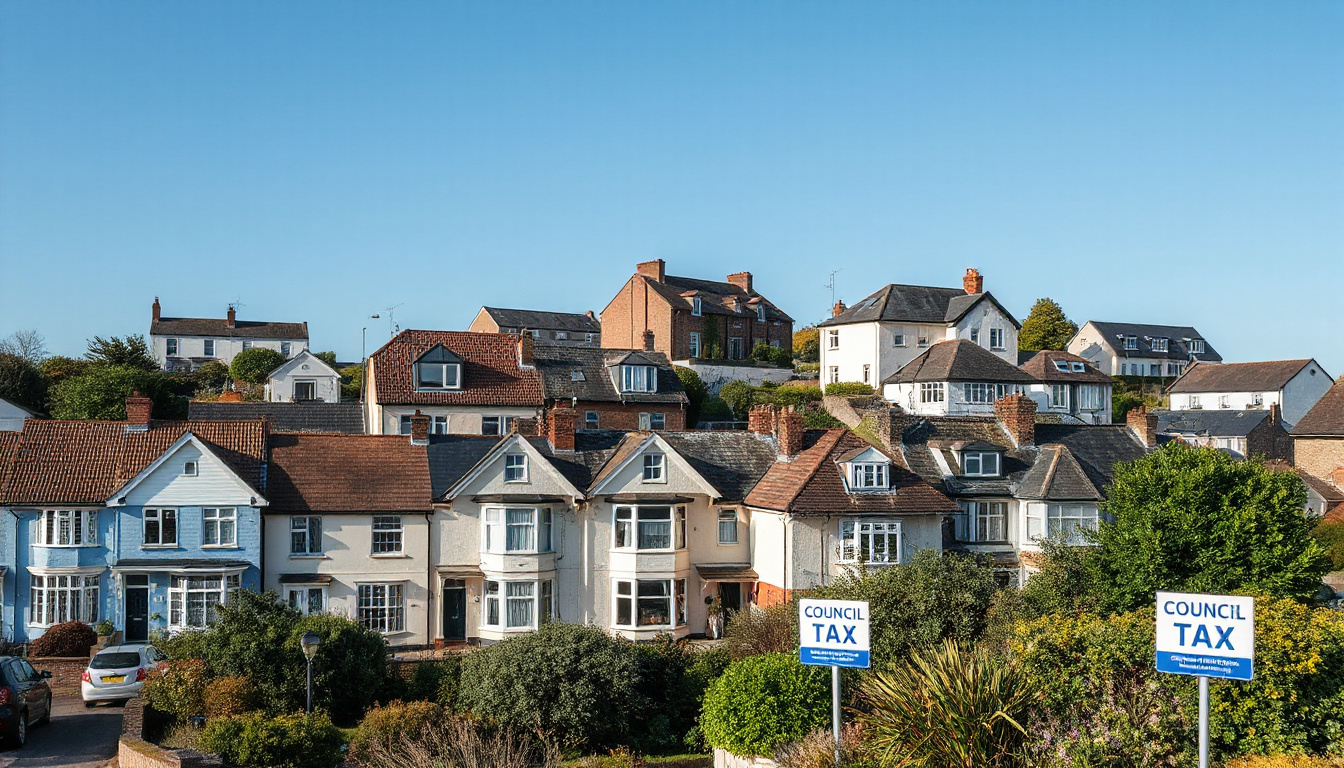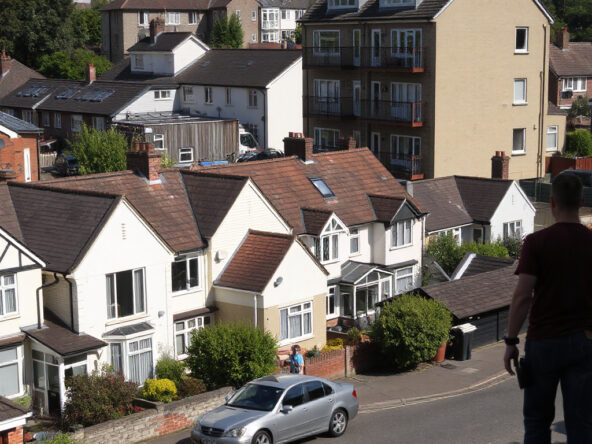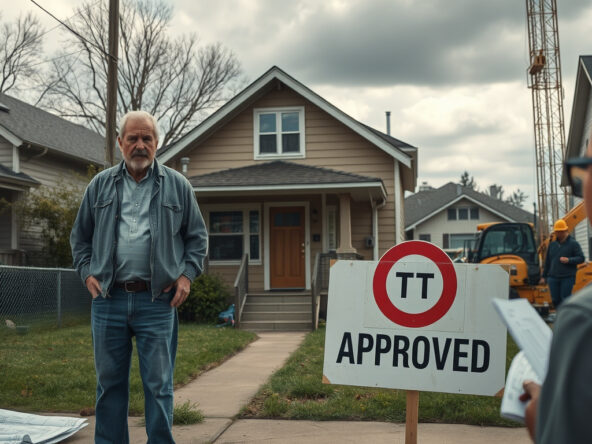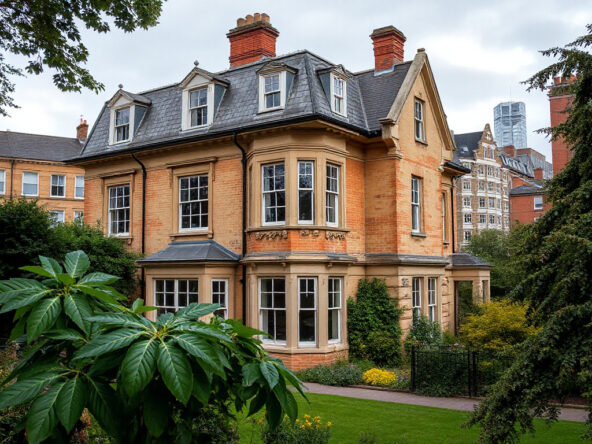Understanding Council Tax on Second Homes in the UK: What You Need to Know
Property we own connects to tax. Investment and tax join in a second home. Law changes hit tax in April 2025. The tax for a second home may now double.
Council Tax Increases: What to Expect
Local councils gain new power. New rules in 2024 allow a 100% tax boost. Homes not used as a main place face this tax jump. An average bill may rise from about £2,171 to near £4,342. Local rules shape each case. This rule aims to free more homes for local use. Demands for housing push this tax change.
Identifying Eligible Properties
A home with furniture is marked as a second home. It does not count as the main living space if you do not live there full time. Even partly filled homes may get the tax rise. Hence, check your home’s status. Local decisions hold the key.
Council Tax Obligations for Various Property Types
Different homes have different tax rules:
Buy-to-Let Properties
In buy-to-let deals, tenants face the tax. The owner does not see the tax shock.
Houses in Multiple Occupation (HMOs)
For homes with many rooms let out, the owner pays tax. You might add that cost to the rent if you choose.
Empty Homes and Holiday Lets
A vacant, unfurnished home might hit an empty home tax. The cost climbs if the home stays empty a long time. A holiday home that meets set rules can drop the tax and be shifted to business rates. This rate can be easier on the wallet than council tax.
Exploring Options to Mitigate Council Tax Liabilities
High tax bills strain your plans. One path is to change the home into a holiday rental that fits set rules. Another is to let it out as a buy-to-let so tenants handle tax. Keep up with local plans and check your tax status.
Conclusion
Investors of second homes face new tax numbers. A sharp rise in tax means you must check your home’s status. Ask if your home is a second home, let by tenants, or a holiday let. Local rules matter in each case. Stay alert to local news and rule shifts for a sound plan in property matters.



